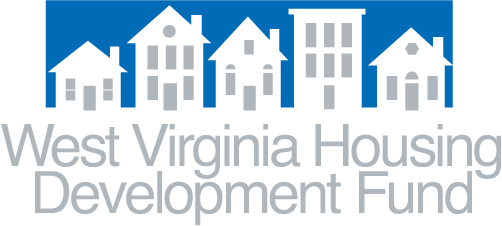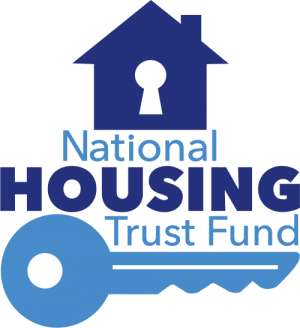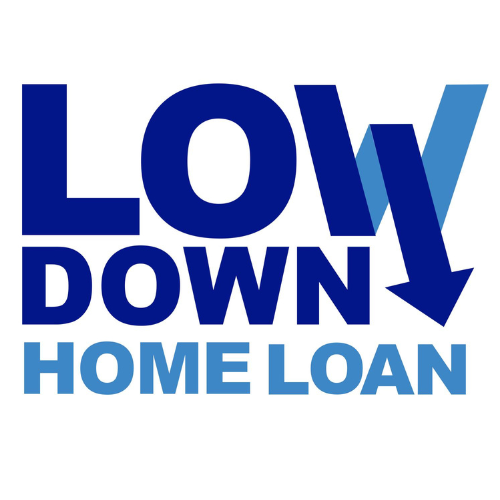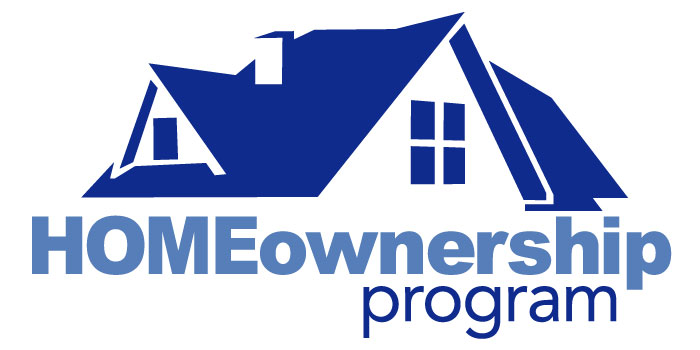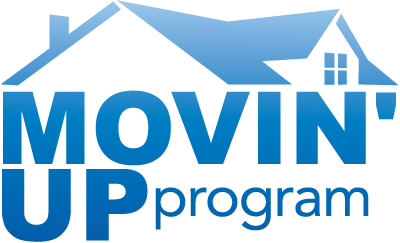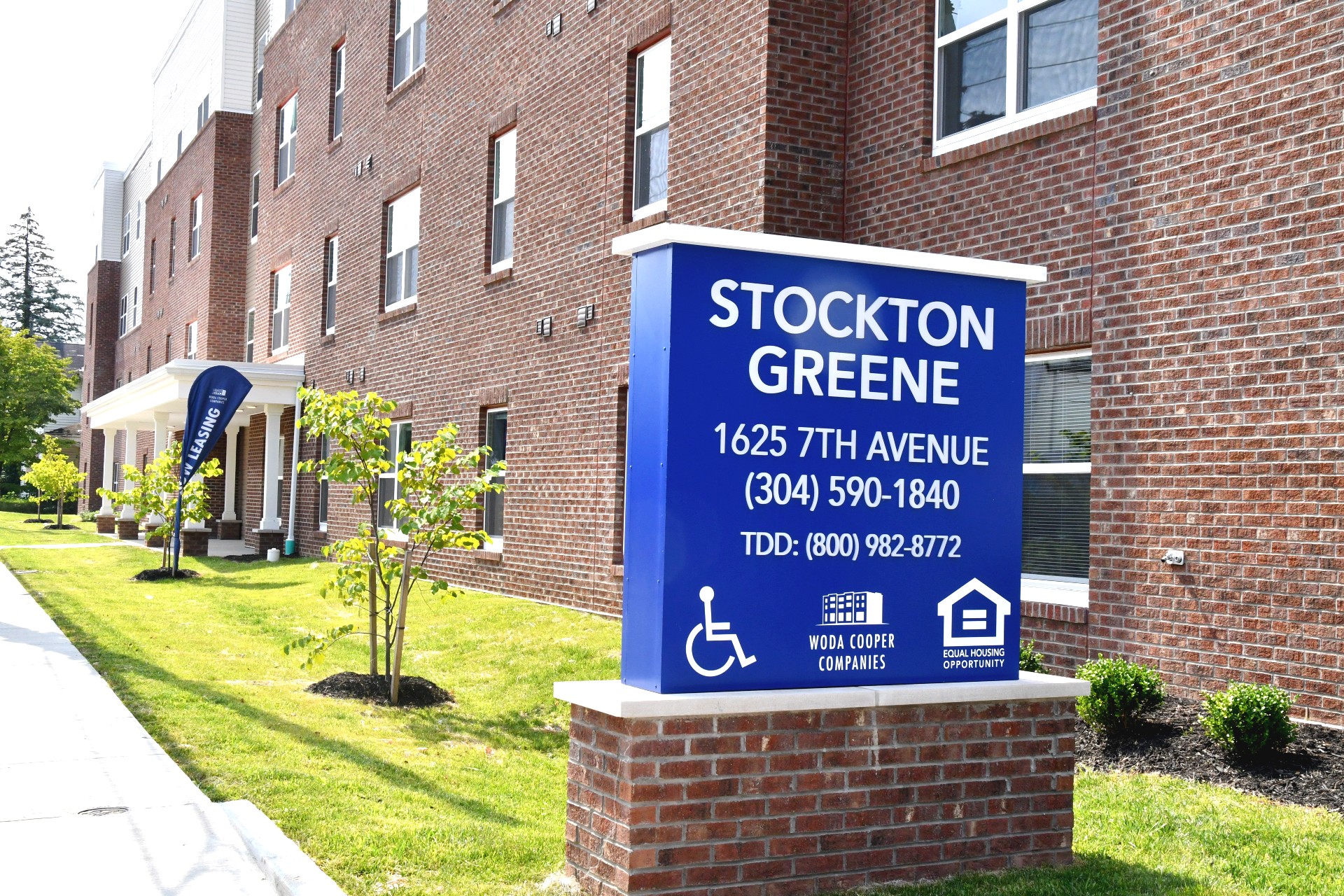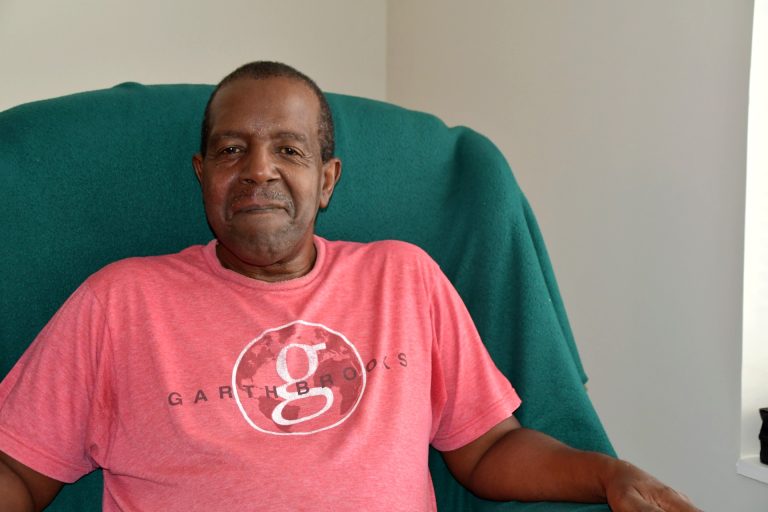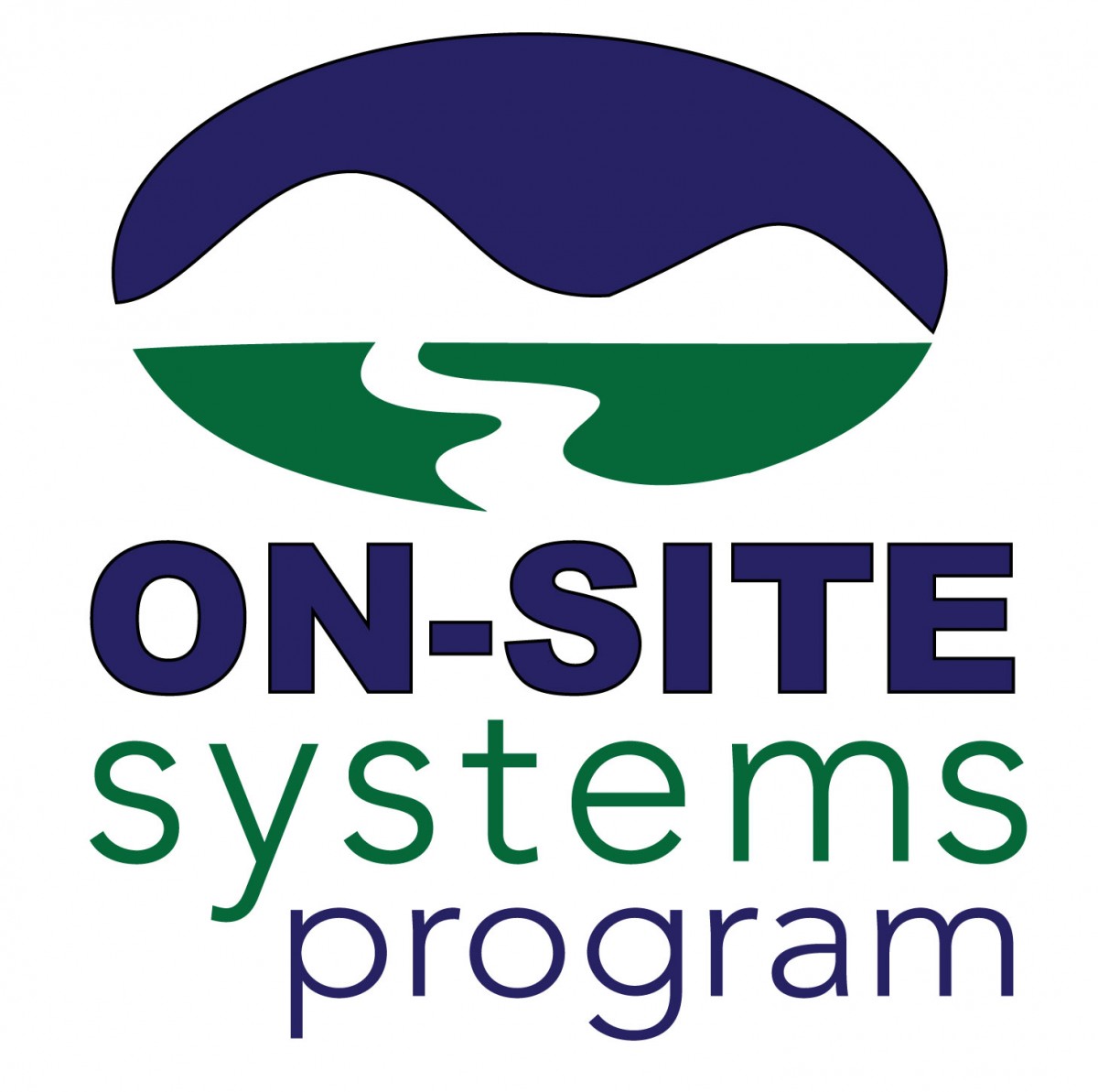
Housing stability is an issue that has affected West Virginians since long before the COVID-19 pandemic began. The influx of pandemic assistance from the federal government has proven crucial to helping West Virginia renters and homeowners achieve some level of housing stability in the midst of global chaos. Since 2021, our state has received $350 million from the federal government to help keep renters and homeowners stably housed and connected to important utilities, including the internet. Despite this huge sum of money and the number of evictions and foreclosures this assistance has prevented, we know there is still a long way to go in helping West Virginians maintain long-term housing stability.
To address this pressing issue, the West Virginia Housing Development Fund launched “Housing Stability Awareness Month” in April 2023. We created a Housing Stability Resources page on our website to serve as a comprehensive source for renters and homeowners to find information on resources including rental and utility assistance information, weatherization programs, and other services. Our goal was to highlight not only our West Virginia Homeowners Rescue Program, but also other agencies, programs, and resources available to help West Virginia renters and homeowners achieve and maintain housing stability now and in the future.
Our partnerships with organizations across the state played a key role in helping us get the word out about the West Virginia Homeowners Rescue Program and housing instability in general. We actively engaged with the United Way’s 211, community-based organizations such as food banks and churches, Community Housing Development Organizations, continuums of care, HUD-certified housing and financial counseling agencies, and the Office of Governor Jim Justice to promote Housing Stability Awareness Month. On April 12, Governor Justice signed an official proclamation declaring April as Housing Stability Awareness Month and announced the proclamation in that day’s Administration Briefing. The Governor’s Office has been a strong supporter of our programs and often uses these weekly Administration Updates to urge West Virginians to apply for assistance.
Throughout April, staff from our Special Programs team attended community events to promote the Homeowners Rescue Program and Housing Stability Awareness Month, engaging with hundreds of potential applicants, mortgage lenders, and other organizations across the state. Community partners also regularly shared our social media updates on their own feeds, introducing new audiences to our program and other resources. We also engaged with the media to promote Housing Stability Awareness Month and to encourage homeowners to apply to the Homeowners Rescue Program.
The campaign was a rousing success, resulting in increases in both the number of WV Homeowners Rescue Program applications submitted and the amount of money awarded. Typically, the program received an average of seven completed applications each day and awarded an average of $1.3 million each month. Through this targeted effort, the number of applications in the pipeline grew from 11,491 to 11,986—an increase of 495 or an average of 16.5 each day. We completed and funded 234 applications in April, totaling nearly $1.75 million.
Overall, this campaign led to a considerable increase in the number of applications submitted, the number of applications approved, and the amount of funding awarded to West Virginia homeowners. Additionally, several hundred West Virginia households were connected to housing stability programs and resources through the Housing Stability Resources webpage. While the assistance they may have received through these other programs is difficult for us to quantify, we are positive that our efforts to highlight these resources is beneficial to West Virginia households now and in the future.

As the only child, Amanda D., knew she would one day inherit her family home in rural Raleigh County. What she didn’t expect was the debt that came along with it.
“I had become administrator of my mother’s estate after she passed away in November 2021. She had a lot of health issues, but COVID made them worse. It was a pretty quick thing,” Amanda said. “She had a vehicle and a home. The vehicle was paid off, but the house wasn’t. She was already four or five months behind in payments when she passed, so I’ve been trying to catch up the whole time.”
The house was more than just a burdensome inheritance. In addition to her mother, Amanda, her husband, and five children have lived in the home since 2016. It truly is the family home.
“This is pretty much all my kids have known,” she explained. “When my oldest two were born, I was a single mother. This was home. This is where they lived. Even when I worked, this is where they came to as kids and my parents babysat. This is their home as much as it is mine, probably even more so. My youngest is almost 8, and this is the place he’s lived since he was 11 months old.”
So when Amanda received a foreclosure notice from the bank because of the past-due payments, she knew she had to act quickly. “I had never come up against something like that, so I had no clue what to do.”
Amanda called 211, a statewide program of the United Way that connects callers to a variety of services and resources. From there, she was directed to the West Virginia Homeowners Rescue Program.
Since March 2022, the Homeowners Rescue Program has connected more than 5,000 West Virginia households with more than $21 million in tax-free federal assistance to help with things like past-due mortgages, utilities, property taxes, and other housing costs. The program’s goal is to help families like Amanda’s maintain their housing stability by preventing foreclosures or tax sales.
“I didn’t know if they would be able to help me, but they took care of it and filed the third-party administrator form so the bank would accept the payment,” Amanda said. Because her past-due amount didn’t reach the $20,000 cap, the program can also help with six months of future payments, meaning Amanda’s next mortgage bill isn’t due until January.
“I’m very blessed to have an opportunity to have something taken care of that was weighing heavily on the family,” she said, noting that her caseworker was helpful and responsive.
“Within a matter of three days, everything was straightened out and she had all the information she needed,” Amanda said. “She was good at calling me back and gave me a number where I could reach her directly.”
Amanda says her experience with the program was a positive one, and she encourages others in her situation to apply for help through the West Virginia Homeowners Rescue Program as well.
“My kids have always lived at this house,” she said. “This program means they don’t have to lose something that is part of their heritage.”
For more information on the West Virginia Homeowners Rescue Program, visit www.wvhomerescue.com.


